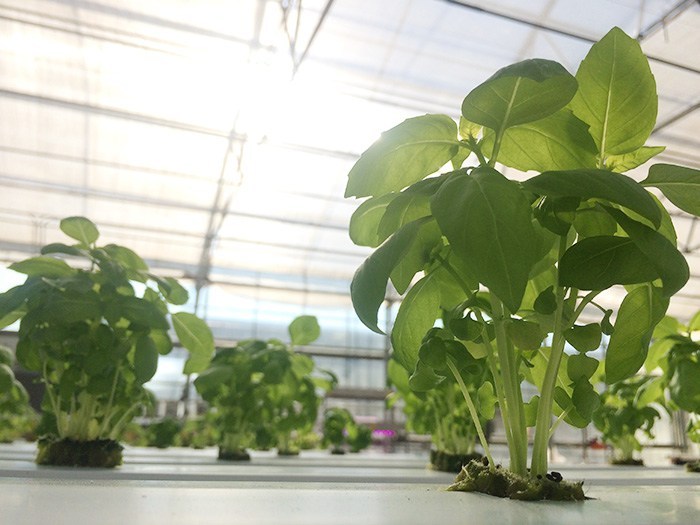Plants need light to survive. This phenomenon is especially obvious when indoor plants fall off in winter. But light is not only an energy supplier for photosynthesis but also controls the process of plants.
If there is enough light in the room for people to orientate, it does not mean that there is enough light to photosynthesize indoor plants. Illuminance (in lux) indicates how much light affects the surface. The summer sun makes it reach 100,000 lux, and the summer cloudy day reaches 20,000 lux. On the contrary, the winter cloudy day only reaches 3,500 lux. For our winter indoor plants, when there are no clouds in the sky, it is only 2,000 lux at best. If there is a plant in the middle of the room, you can subtract about 1000 lux for every meter you subtract from the window. Generally speaking, indoor plants need about 1000 lux of light to grow.
Plants need different amounts of light

The light demand of indoor plants also depends on whether the plants grow in the natural environment under direct sunlight or in the shade. If the plant has so-called variegated leaves, ie yellow or white parts, there is correspondingly less available chlorophyll to absorb light. Such varieties have a higher demand for light. It can usually be said that in the darker light in autumn and winter, ideally, all plants should be placed directly on the south-facing window.
In order to determine the correct location of the factory, it is not necessary to purchase measuring equipment, the so-called illuminance meter. It is enough to observe the plant's response to its position and to lighten or darken the plant in time.
This is how plants respond to insufficient light
The distance between leaf nodes is significantly longer. The plant stretches to the light.
Since there is not enough energy to supply all organs, plants will throw leaves to avoid using up their energy when there is insufficient light.
The new leaves are kept small.
Green plants with variegated leaves. This means that chlorophyll is formed in, for example, white areas.
No typical leaf structure, such as holes and protrusions in window sashes.
Examples of low indoor lighting requirements
Some plants are very frugal and require very little light (300 to 500 lux), such as ivy, tree sash, window sash, cobbler palm, bow hemp, and dracaena. African violets, simple leaves and flamingo flowers are flowering plants that can bloom well in the shade.
Light control factory development

Plants are different between "short-day plants" and "long-day plants". The key day length in each case is twelve hours. Short-day plants such as poinsettia can only flower if they receive less than twelve hours of light a day. The intensity of the interference light may be much lower than the amount of light required for photosynthesis to prevent flower formation.
On the other hand, long-day plants like shrub Marguerite require more than twelve hours of light to form flowers. Another example is the tuberous begonias. The shorter days of autumn begin to form tubers. Now, the plant only stores energy in tubers. In a long day, reproduction (that is, the production of flowers and seeds) is only the prospect. If the plant is temporarily transferred to a short-day environment, it will take six weeks for a long day to begin to bloom.
Pay attention to the light requirements when sowing
The rule of thumb when sowing is to cover seed-sized seeds with a substrate. But there are exceptions: bright bacteria and dark bacteria.
The seeds of dark-colored germinated seeds do not begin to germinate until they reach the depths of the earth so that no light can reach; for cyclamen, this is about one centimeter. However, the seeds of light bacteria (tomato, lobelia, begonia) must not be covered. If there is not enough light, the germination ability will be greatly reduced.























